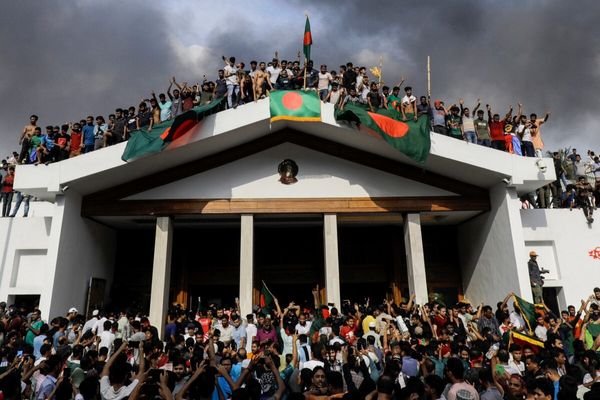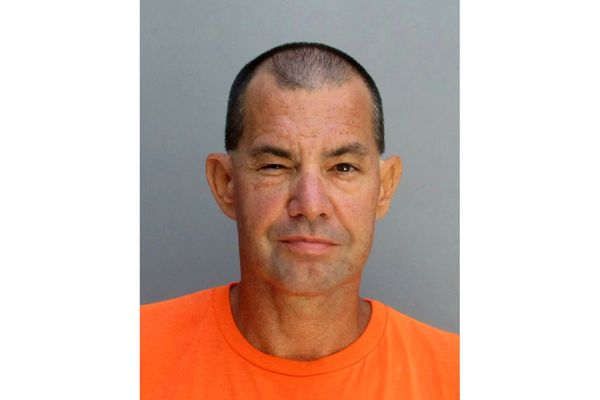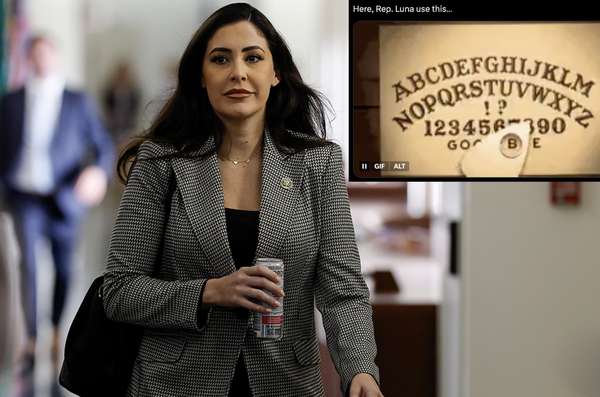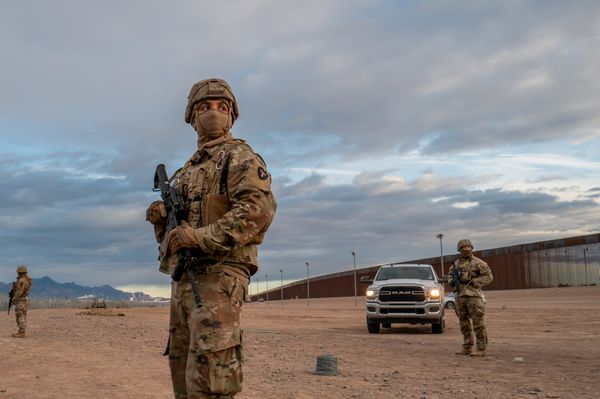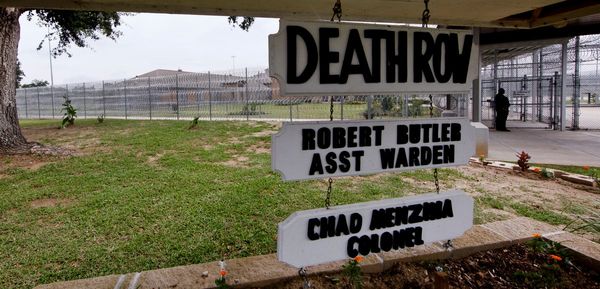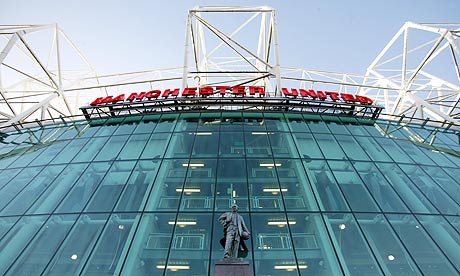
A hundred at Old Trafford. So what's new? But this is football, not cricket, and the fact that the name is now more immediately associated with Manchester United than Roses matches or Neville Cardus is a measure of the extent to which the home of United has achieved worldwide recognition. Old Trafford is up there with the Bernabéu in Madrid, Camp Nou in Barcelona and San Siro in Milan.
It was not always thus. In the 1950s Old Trafford was primarily the place where England took on Australia, weather permitting, and Jim Laker would spin them to destruction. True, there was a football team up the road that won leagues and cups, and at a time when the game was becoming increasingly defensive developed an attractive attacking style of play under a canny Scot called Matt Busby, who never forgot the importance of allowing individual talents a free rein.
The youthful team Busby was nurturing in the late 50s, the Babes, captured the country's imagination for not only were the players young they were demonstrating that the English game could pass and move like the continentals and set about proving as much in the European Cup. The Munich air crash brought a cruel and abrupt end to this adventure and for a time Old Trafford was not so much a football ground as a shrine. If anything, the mix of triumph and tragedy enhanced its status as one of the game's great cathedrals. European nights at Old Trafford had already acquired a special quality of their own.
In 1957 United, competing in the European Cup for the first time, had met Real Madrid in the second leg of the semi-finals having lost 3-1 in Spain. The atmosphere was captured by the Guardian's Donny Davies, who wrote under the byline Old International and was to die at Munich: "Bedlam after this will hold no terrors. One had thought that the notion that great deeds could be wrought by a vast concentration of noise had died with Joshua. But the Manchester crowd had other ideas and if noise could have served their purpose United would have won hands down."
In the event the match ended at 2-2 and Busby's team were out on aggregate, but a pattern had been set and even if the modern all-seated Old Trafford cannot produce a roar to compete with Jericho (anyone standing up and bellowing now would probably be ejected by the stewards) at least the mood and moment of those early European nights has been retained. If Wayne Rooney could travel back 50 years he would recognise the pride and passion that drove on Busby's United against Europe's best. Rooney may be as modern as they come but he has a touch of the 50s about him, and it is not just the haircut.
Great players, great deeds ... Rooney has come to personify what Old Trafford is about just as Bobby Charlton and Denis Law once did or, if it comes to that, Billy Meredith with his toothpick. Johnny Carey, Duncan Edwards, Bryan Robson, Mark Hughes, Ryan Giggs, Eric Cantona, Roy Keane, David Beckham, Cristiano Ronaldo, the list can be as long as people want to make it.
Yet if one player more than any other represents the transition of Old Trafford from mere football stadium to 'Theatre of Dreams' it has to be George Best. Before Best footballers in England were, by and large, short-back-and-sides men who earned the equivalent of a decent factory wage and settled down with nice girls from ladies' hairdressers. Best gave United not only enchanting skills but a glamour the game had never experienced. Old Trafford became both the home of United and the domicile of Best. No United player has quite touched the nation's nerve since; not Cantona, for all his imperious talents, and certainly not the gifted pout called Ronaldo.
Old Trafford has always thought big. Its architect, Archibald Leitch, originally envisaged a ground that would hold 100,000 but increasing costs limited the capacity to 80,000. The present limit of 75,000-plus is just below the record of 76,962 who watched a 1939 FA Cup semi-final there between Wolves and Grimsby ... yes, Grimsby. Alex Ferguson's United frequently draw crowds of more than 75,000. Even in 1948-49, at the height of the postwar boom in attendances, their average gate was 46,000 and exceeded at that time by Newcastle, Arsenal and Chelsea.
Then again United were playing at Manchester City's ground at Maine Road, the Germans having twice bombed Old Trafford, which had been requisitioned by the military to use as a depot. The Manuphobes among England's football tribes might even now feel well disposed towards the Luftwaffe, although there was surely nothing personal in City's decision to sign a former Wehrmacht paratrooper, Bert Trautmann, to keep goal.
When Manchester United played their first match at Old Trafford on 19 February 1910, one journo was clearly smitten, describing the stadium as "the most handsomest, the most spacious and the most remarkable arena I have ever seen. As a football ground it is unrivalled in the world, it is an honour to Manchester and the home of a team who can do wonder when they are so disposed." As it happened United were not so disposed that day, losing 4-3 to Liverpool. Old Trafford, it seems has never quite forgiven Liverpool for that, although things have got better in the ensuing 100 years.
